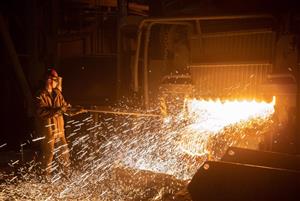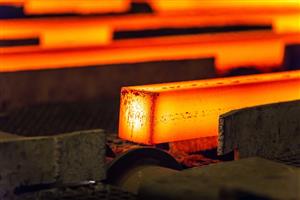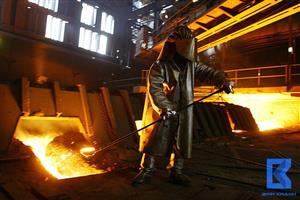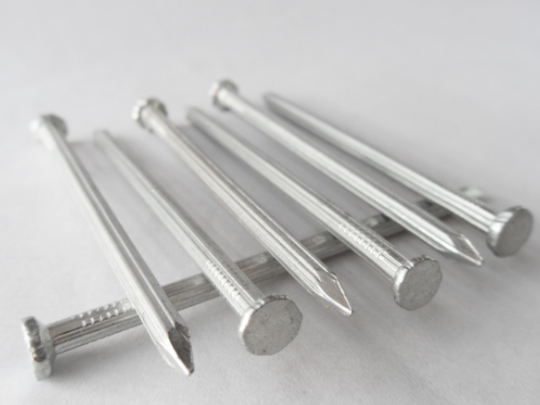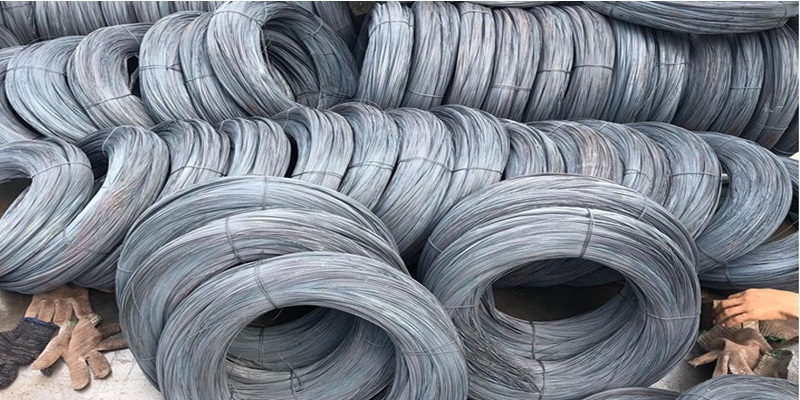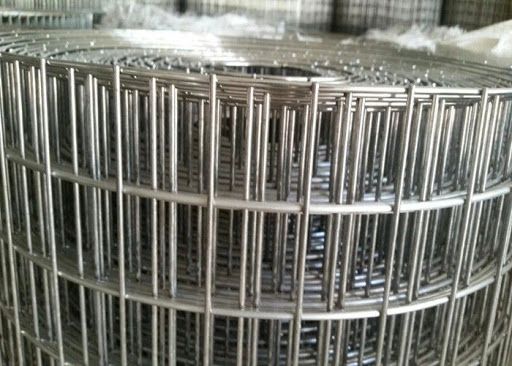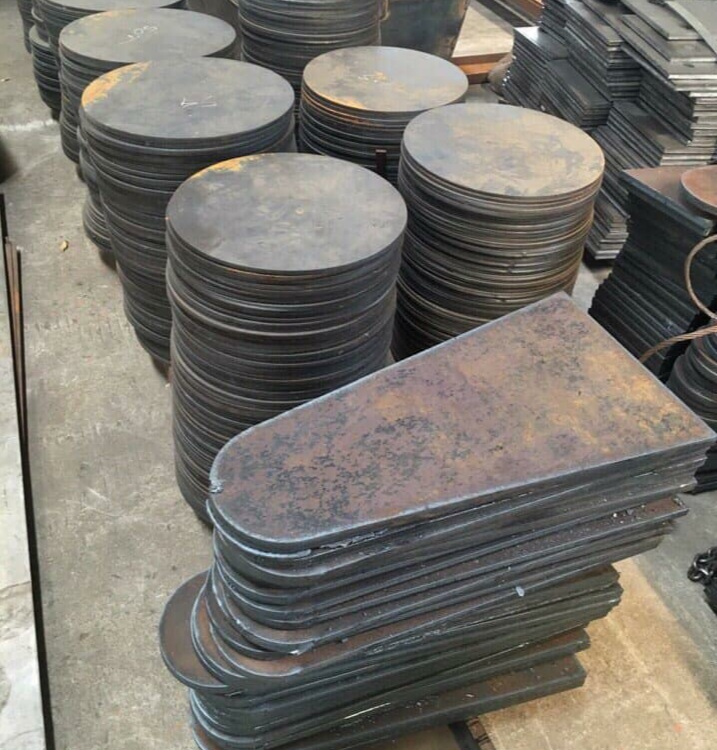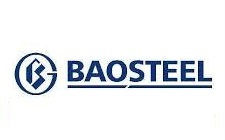Price increased by about 25% in just the past 3 weeks
Accordingly, Argus quoted the price of iron ore (62% iron content) imported into China (for immediate delivery in the North of this country) on December 8 at 108.60 USD/ton, up sharply from only 87 USD/ton on November 18 – the time when the price hit the lowest level since May last year. SteelHome also quoted the price of this ore on December 9 at 109 USD/ton, up 4.3% compared to the previous week.
While prices are still more than 53% below the record high of $235.55 a tonne hit on May 12, the recent rally shows investors believe the worst is over.
Inventory also increased
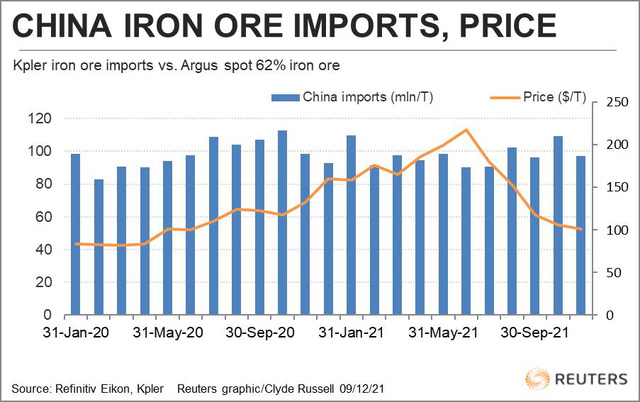 |
|
Volume and price of iron ore imported into China. |
Iron ore inventories at Chinese seaports have also steadily increased in recent weeks, reaching 154.4 million tons in the week ended December 3, according to data from consulting firm SteelHome. This is up quite a lot from the low of 2021, which was 123.95 million tons reached at the end of June, and in the inventory of ore according to the construction seasonal pattern – high before the northern winter and decrease gradually in the construction season, summer, it should be noted that the current stock level is the highest at this time of the year since 2012.
Data from consulting firm Mysteel showed that inventories of imported iron ore at Chinese ports rose for 10 consecutive weeks to 155.5 million tonnes in the past week, the highest since mid-2018.
According to customs, in the first 11 months of the year, China imported 1.04 billion tons of iron ore, down 3.2% year-on-year. The data also showed that the country's exports of steel products in November stood at 4.36 million tons, down 3.1% from the previous month. China's exports and imports of steel products in the January-November period were 61.88 million tons and 13.27 million tons, respectively.
Be happy or sad?
The interesting thing is whether the recent price increase is based on hope or more on reality? To answer this question, it is necessary to deeply dissect the relevant data.
One of the factors driving the price increase was the fact that China Customs on December 7 released data showing that iron ore imports into the country in November increased by 14.6% compared to October and was the strongest month. as of July 2020. On the surface, that is indeed good news and signals a recovery in iron ore demand.
China usually imports about 70% of iron ore via sea, and it is this market that is driving the price trend of the main raw material in this steel production.
The data shows that the world's largest iron ore consumer imported 104.96 million tons of ore in November, up from 91.61 million in October and also up 6.9% compared to November 2020. . In particular, imports were mainly from Australia and Brazil - far exceeding market expectations in the context of cooling iron ore prices and reduced steel demand.
However, there are a number of factors that make the November import volume look less than good news. That is, the spike in imports can be attributed to the time when the Chinese Customs cleared the goods, that is, the time when it was officially identified as import.
"November import data may be affected by the customs clearance factor," said Tang Binghua, an analyst at Founder CIFCO Futures in Beijing, adding that in reality, the arrivals of ore carriers The country has not changed significantly in recent months.
The official data above is much higher than the data compiled by commodity consulting firm Kpler, according to which Kpler said iron ore imports of iron ore into China in November were 97.01 million tons, nearly eight times lower. million tons compared to the official figure. However, Kpler's data on October imports came to 109.14 million tons, 17.5 million tons higher than China Customs' figures. Data for previous months also differ.
This is not a huge gap, but a difference in when goods are judged to have arrived can distort the true market picture.
Mr. Tang said that it is very unlikely that imports will continue to remain high as consumption weakens after China strengthens control of steel mills' output during both the hot season and before the Winter Olympics. .
Also related to the reason for the increase in iron ore prices and the prospect of a sustainable increase in prices, another factor to consider regarding imported iron ore is whether there is a reason for the demand of the producers. Steel machinery has increased, either because traders predict demand will increase next year, or simply because traders take advantage of stockpiling when prices fall deeply from record highs.
Certainly, demand from steel mills did not increase. Some factories are still cutting production to meet pollution targets and because of power shortages.
"The state of iron ore stockpiles at Chinese ports in recent weeks is a signal that prices are likely to fall, and the uptrend in inventories is expected to continue for the next 2-3 months as construction iron ore production in recent weeks is a bearish signal and they are expected to continue to increase over the next 2-3 months as pig iron production is not likely to increase until after the Winter Olympics (Beijing)," said Westpac senior economist Justin Smirk.
The above data shows that the market is probably expecting steel demand to recover in the first half of 2022, based on the expectation that Beijing will once again launch stimulus programs to boost the economy.
That assertion is not completely unfounded. As evidence, on December 6, China reduced the required cash reserve ratio for banks, the second reduction in the reserve requirement ratio this year. The move frees up 1.2 trillion yuan ($188 billion) of long-term liquidity.
Overall, it looks like iron ore prices are recovering on expectations of future demand, and investors are too excited to ignore the current signs of too much iron ore being brought into China.
Nhipsongtre
 English
English  Vietnamese
Vietnamese
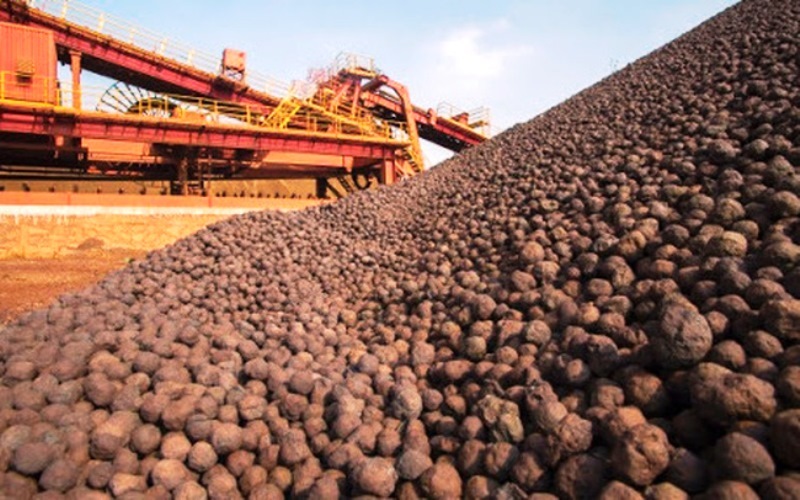


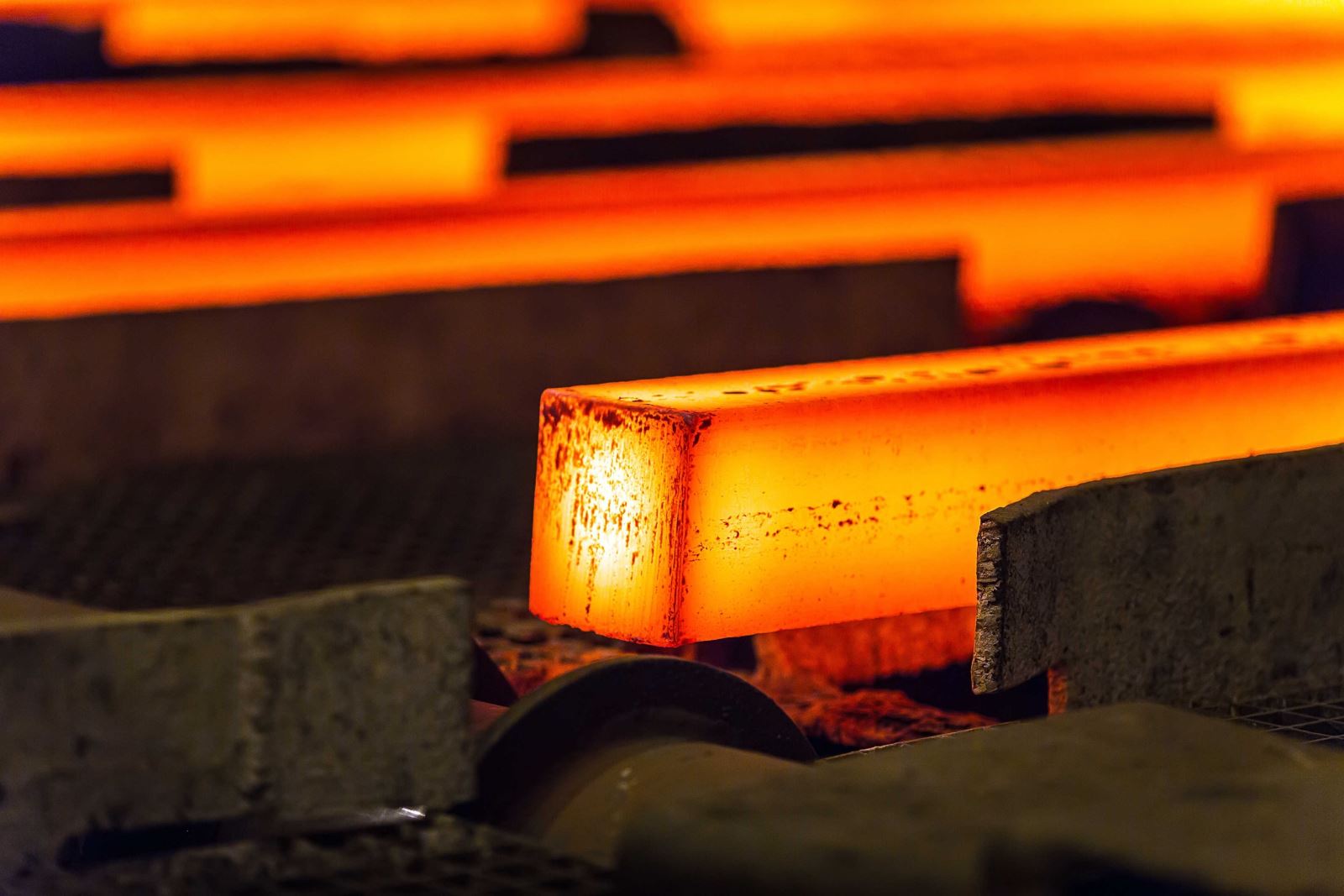
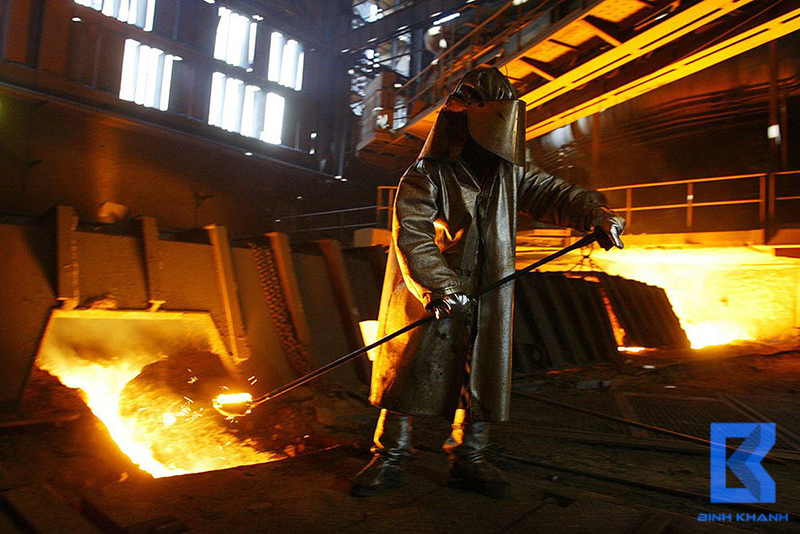

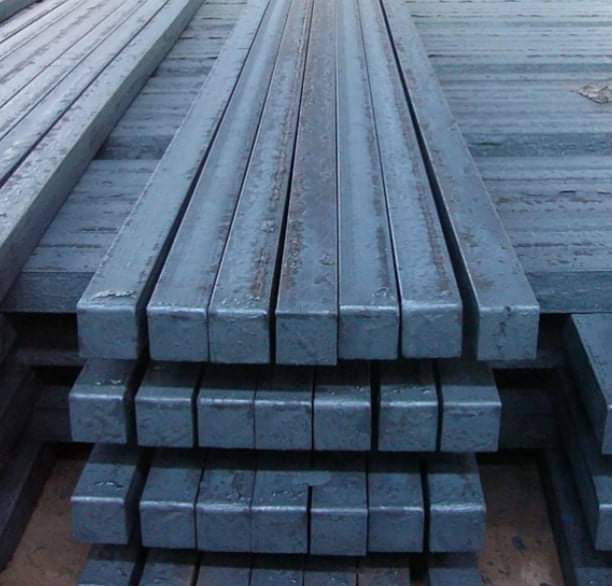

w300.jpg)
